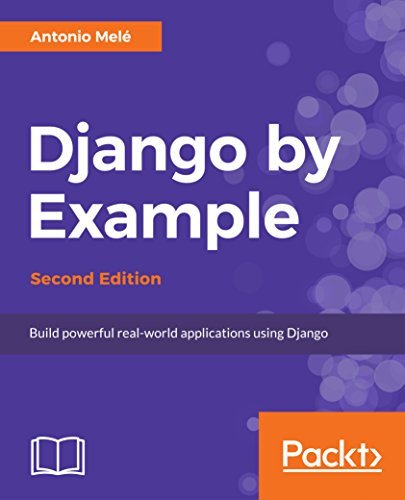What do you think?
Rate this book


Learn Django with four end-to-end projects
Key Features Learn Django by building real-world web applications from scratch Develop powerful web applications quickly using the best coding practices Integrate other technologies into your application with clear, step-by-step explanations and comprehensive example code Book DescriptionIf you want to learn the entire process of developing professional web applications with Django, then this book is for you. You will walk through the creation of four professional Django projects, teaching you how to solve common problems and implement best practices.
You will learn how to build a blog application, a social image bookmarking website, an online shop and an e-learning platform. The book will teach you how to enhance your applications with AJAX, create RESTful APIs and setup a production environment for your Django projects. The book walks you through the creation of real-world applications, solving common problems, and implementing best practices. By the end of this book, you will have a deep understanding of Django and how to build advanced web applications.
What you will learn Build practical real-world web applications with Django Use Django with other technologies such as Redis, Celery and Solr. Develop pluggable Django applications Create advanced features, optimize your code and use the cache framework Add internationalization to your Django projects Enhance the user experience using JavaScript and AJAX Add social features to your projects Build RESTful APIs for your applications Who This Book Is ForIf you are a web developer who wants to see how to build professional sites with Django, this book is for. You will need a basic knowledge of Python, HTML, and JavaScript, but you dont need to have worked with Django before.
About the AuthorAntonio Melé is founder of Zenx IT, a company that develops web & mobile applications for clients of several industries.
Antonio has also worked as CTO and technology consultant for various technology-based startups. He has been developing Django projects since 2006 and he leads the django.es Spanish Django community.
Antonio Melé is the author of Django by Example. He holds a Master's degree in Computer Science and speaks English, Spanish, German and a bit of Mandarin.
526 pages, Kindle Edition
Published May 31, 2018